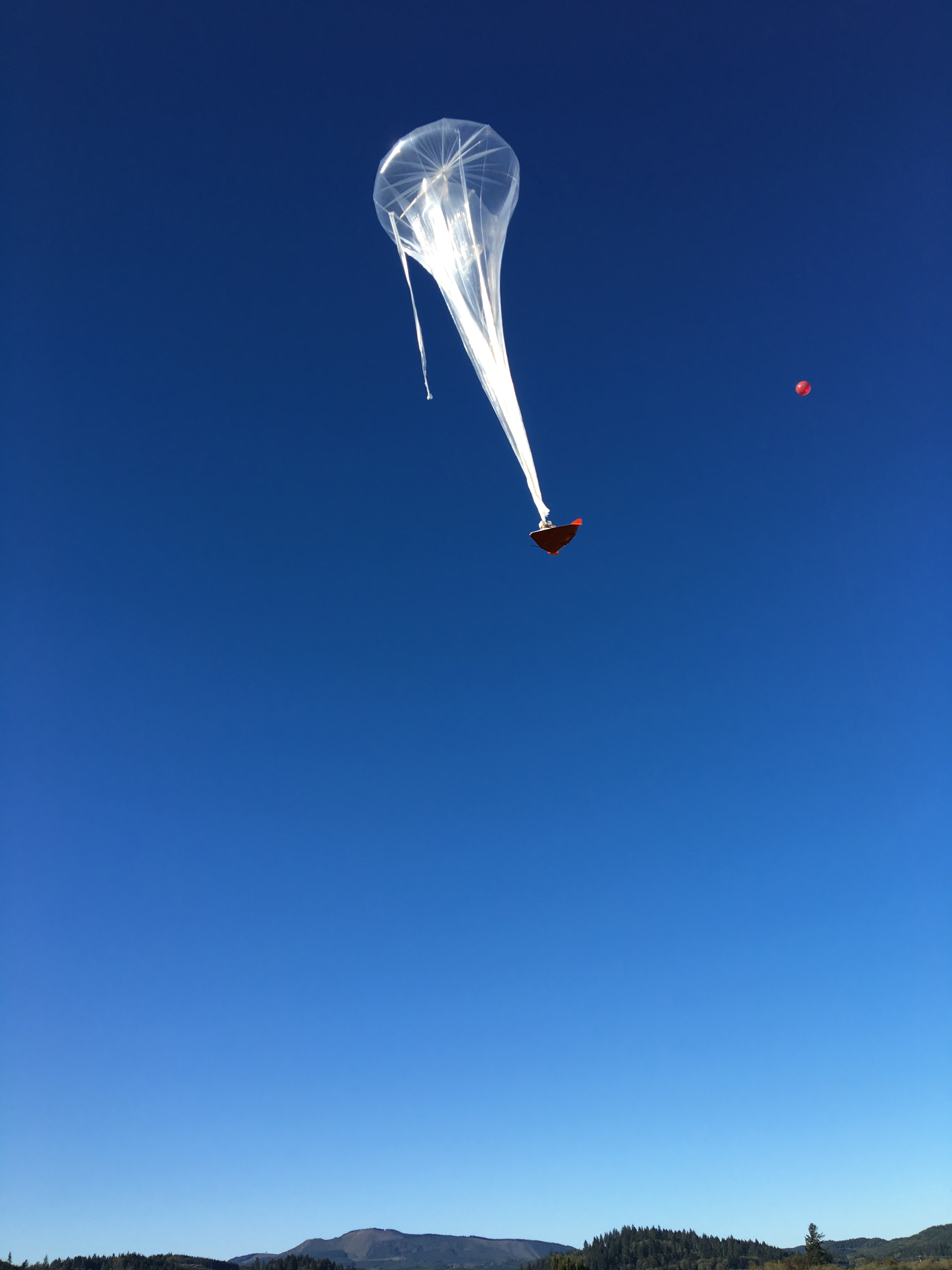
Photo Credit: NASA
The Federal Aviation Administration recently conducted high-altitude drone tests that could potentially support commercial spacecraft.
During the test, conducted in Tillamook, Ore., by the Near Space Corp. back in October, a drone was released from a high-altitude balloon carrying a payload. This test was used to evaluate how the equipment could help the FAA detect and track commercial spacecraft entering the National Air Space as it descends from space, according to a NASA report.
NSC received a certificate of authorization to test technologies to be used in commercial spaceflight. This certificate of authorization is to help prescribe flight rules for UAS operations in the NAS for the purpose of research, development, test, and evaluation. Results of the flight test are still being analyzed, according to NASA.
The stratospheric balloon system reached 70,000 feet before it released the High-Altitude Shuttle System (HASS) to simulate a winged spacecraft’s entry into FAA Class A controlled airspace. The descent back to the launch site lasted slightly over 30 minutes and was followed by the FAA using its new surveillance technology. The FAA tracked the HASS drone from its Seattle Air Traffic Control Center.
“It was great to get this first flight with the new COA under our belt,” says Tim Lachenmeier, Near Space’s chief executive officer. “It took a long time, and a lot of dedicated support from the FAA to get this accomplished. NSC is very excited about the opportunities this high-altitude UAS COA provides, and the unprecedented ability to support testing to technologies for the commercial space industry.”
The testing was funded through NASA’s Flight Opportunities program under the agency’s Space Technology Mission Directorate. This program uses commercial suborbital vehicles and stratospheric balloons to test flight technologies.
“Flight testing and advancing technologies needed by the FAA to allow detection and surveillance of future spacecraft while entering the national airspace is crucial for the Flight Opportunities program,” says Paul De Leon, NASA’s Flight Opportunities campaign manager. “The program is continuing to grow by adding new commercial suborbital launch vehicles as they become viable, which can increase opportunities for maturing technologies much needed for future space exploration.”
Filed Under: Aerospace + defense




